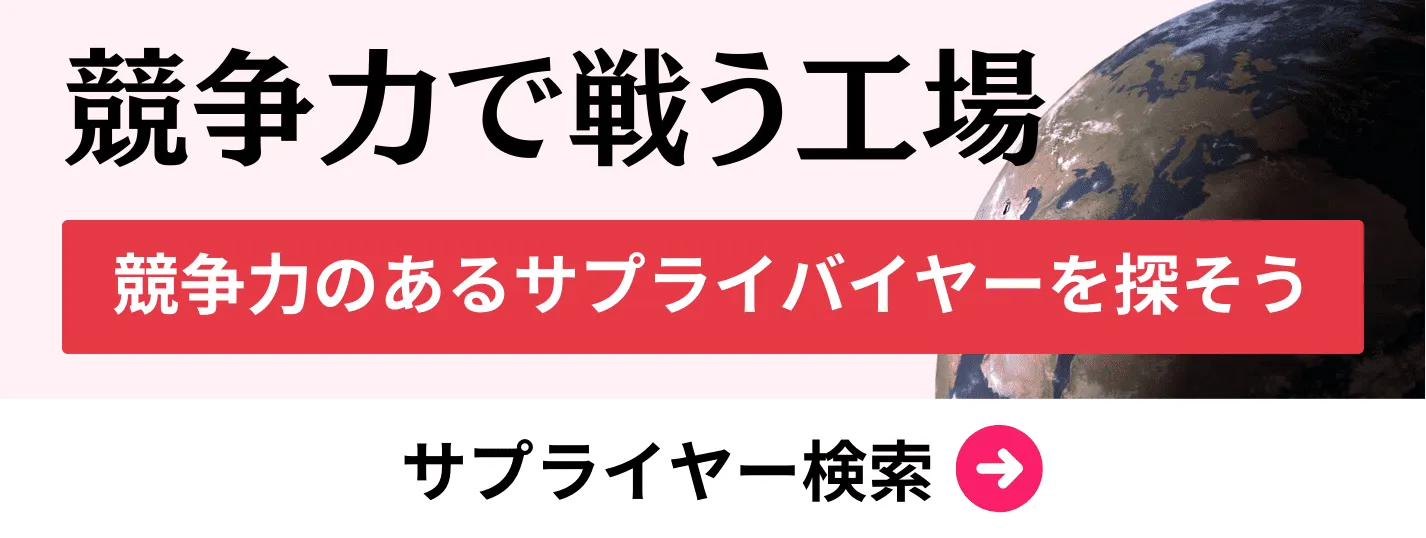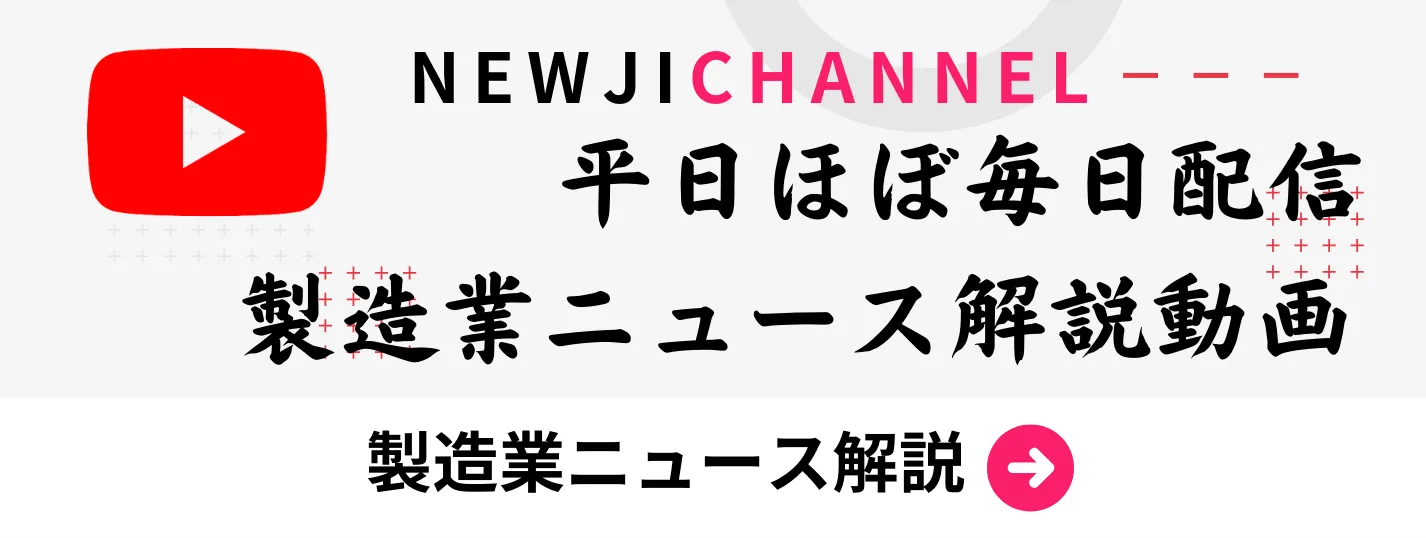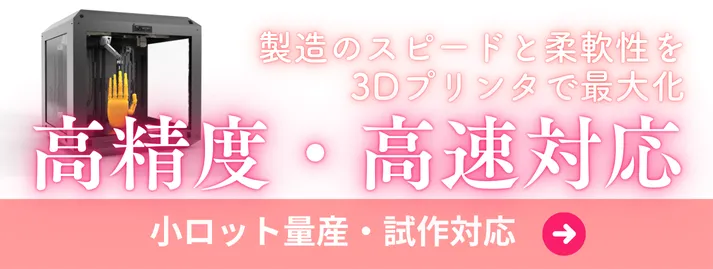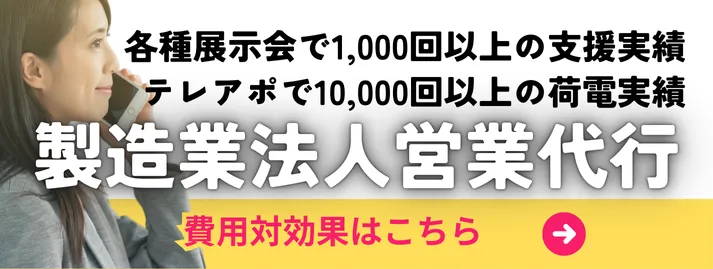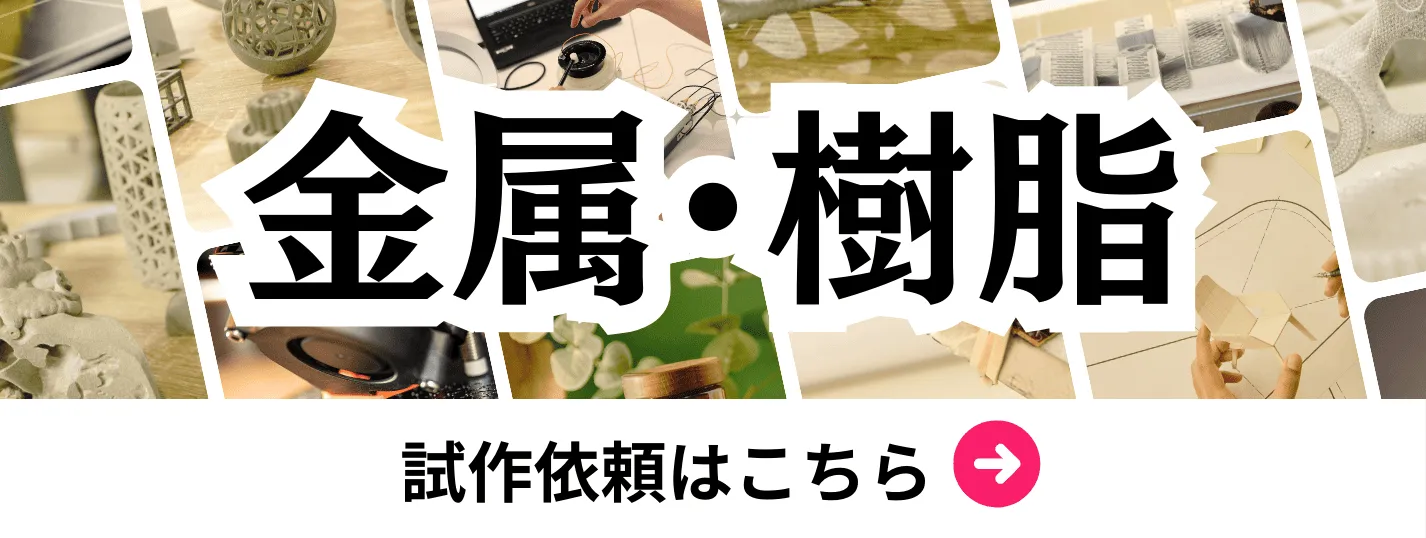- お役立ち記事
- Points for creating “world-class mechanical drawings” using size (dimension) tolerances and geometric tolerances and how to use them correctly
月間76,176名の
製造業ご担当者様が閲覧しています*
*2025年3月31日現在のGoogle Analyticsのデータより
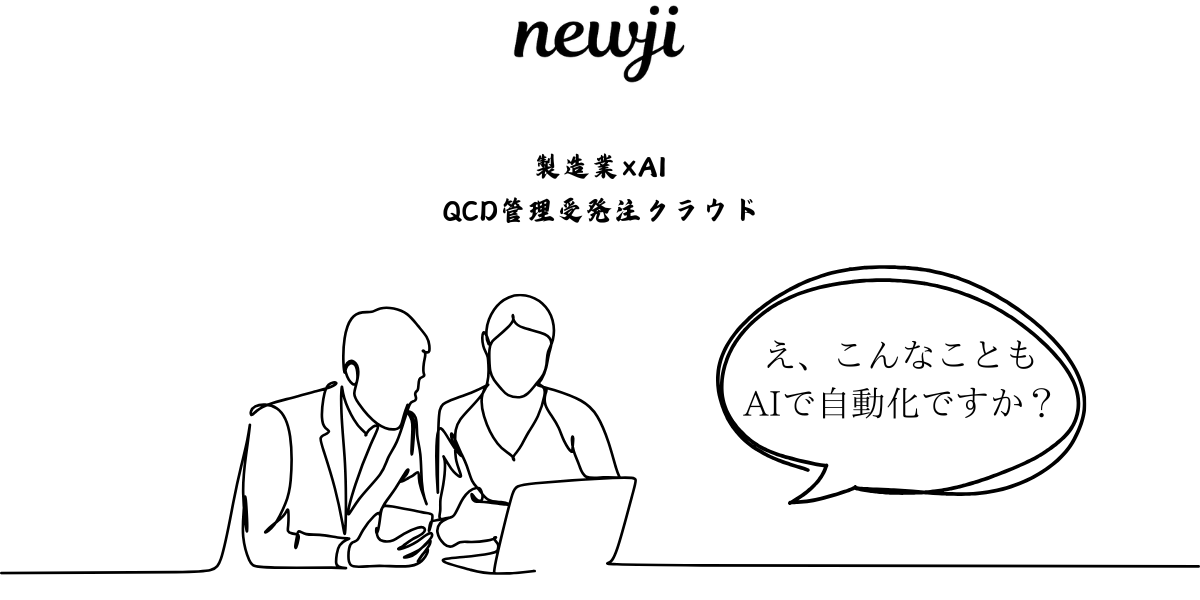
Points for creating “world-class mechanical drawings” using size (dimension) tolerances and geometric tolerances and how to use them correctly

目次
Introduction to Mechanical Drawings
Mechanical drawings are an essential part of engineering and manufacturing.
They provide a detailed visual representation of a physical object and guide the manufacturing process.
For these drawings to be effective, they must adhere to certain standards, including the use of size (dimension) tolerances and geometric tolerances.
These tolerances ensure that the parts will fit together correctly and function as intended.
Understanding Size (Dimension) Tolerances
Size tolerances are limitations placed on the physical dimensions of a component.
They specify the acceptable range of variation that a dimension can have while still conforming to the design’s requirements.
For instance, a hole intended to be 10 mm might have a tolerance of ±0.1 mm, meaning the hole can be anywhere from 9.9 mm to 10.1 mm in diameter.
Size tolerances are crucial because they allow for minor manufacturing errors without compromising the functionality of the part.
By setting these limits, designers can reduce waste and ensure consistent quality across parts.
Types of Size Tolerances
There are generally two types of size tolerances: unilateral and bilateral.
Unilateral tolerances allow variation in only one direction, either above or below the nominal dimension.
Bilateral tolerances allow variation in both directions.
For instance, if a shaft has a nominal size of 20 mm with a unilateral tolerance of +0.05/-0 mm, it can be anywhere from 20 mm to 20.05 mm.
In contrast, a bilateral tolerance of ±0.05 mm means the shaft can range from 19.95 mm to 20.05 mm.
Selecting the appropriate type of tolerance depends on the function of the part and its interaction with other components.
Exploring Geometric Tolerances
Geometric tolerances refer to the permissible deviation of a part’s geometric characteristics.
These tolerances control the shape, location, orientation, and run-out of features in a mechanical part.
Geometric tolerances are expressed using a symbolic language standardized in engineering to communicate precise specifications.
This makes the process of quality inspection efficient and consistent.
Categories of Geometric Tolerances
There are several categories of geometric tolerances, including form, orientation, location, and run-out.
– **Form Tolerances**: These affect the shape of a feature independently of any other feature. Examples include straightness, flatness, roundness, and cylindricity.
– **Orientation Tolerances**: These control the tilt of features in relation to one another, such as parallelism, perpendicularity, and angularity.
– **Location Tolerances**: These define the position of features concerning others, such as position, concentricity, and symmetry.
– **Run-out Tolerances**: These are used to control how much one feature can turn out of place with another, typically applied to cylinders or round parts.
Implementing Tolerances in Mechanical Drawings
To create a world-class mechanical drawing with effective tolerances, engineers must carefully apply both size and geometric tolerances.
Here are some points to consider:
Assessment of Functional Requirements
The first step is to thoroughly understand the part’s functional requirements.
What is its purpose, and how does it interact with other parts?
This understanding is crucial to defining the necessary tolerances.
Application of the Right Standards
Next, use appropriate and recognized standards to apply size and geometric tolerances.
Standards like the ISO (International Organization for Standardization) or ASME (American Society of Mechanical Engineers) provide guidelines that ensure parts can be manufactured and fit properly on a global scale.
Clarity and Consistency in Dimensioning
Ensure that all dimensions and tolerances are clearly indicated on the drawing.
Use consistent units and symbols, and keep the layout of dimensions logical and easy to follow.
Balancing Precision and Cost
While precision is critical, unnecessary tight tolerances can increase production costs.
Evaluate the balance between the precision needed for functionality and the cost it adds to manufacturing.
Choose reasonable tolerances that achieve the necessary function without being excessively strict.
Utilizing Modern CAD Software
Computer-Aided Design (CAD) software provides robust tools to apply tolerances correctly in mechanical drawings.
These programs allow for precise control and adjustment, which translates into more accurate and functional designs.
Using CAD increases efficiency, reduces errors, and ensures that designs comply with the necessary standards.
Benefits of Effective Tolerance Application
Applying tolerances correctly in mechanical drawings brings numerous advantages.
It improves the reliability and durability of parts, as they are manufactured to fit and function as intended.
It reduces waste because parts are less likely to be rejected for being out of specification.
Furthermore, it enhances communication between design and manufacturing teams, ensuring that the final product meets all specifications without unnecessary iterations.
Conclusion
In summary, size and geometric tolerances are vital components of mechanical drawings.
They ensure that the parts produced will function correctly and fit together as needed.
By understanding the different types of tolerances and applying them judiciously, engineers can create world-class mechanical drawings that lead to quality and cost-effective manufacturing solutions.
Following established standards, balancing precision and cost, and leveraging modern technology are key steps to achieving precision in your designs.
 資料ダウンロード
資料ダウンロード
QCD管理受発注クラウド「newji」は、受発注部門で必要なQCD管理全てを備えた、現場特化型兼クラウド型の今世紀最高の受発注管理システムとなります。
 ユーザー登録
ユーザー登録
受発注業務の効率化だけでなく、システムを導入することで、コスト削減や製品・資材のステータス可視化のほか、属人化していた受発注情報の共有化による内部不正防止や統制にも役立ちます。
 NEWJI DX
NEWJI DX
製造業に特化したデジタルトランスフォーメーション(DX)の実現を目指す請負開発型のコンサルティングサービスです。AI、iPaaS、および先端の技術を駆使して、製造プロセスの効率化、業務効率化、チームワーク強化、コスト削減、品質向上を実現します。このサービスは、製造業の課題を深く理解し、それに対する最適なデジタルソリューションを提供することで、企業が持続的な成長とイノベーションを達成できるようサポートします。
 製造業ニュース解説
製造業ニュース解説
製造業、主に購買・調達部門にお勤めの方々に向けた情報を配信しております。
新任の方やベテランの方、管理職を対象とした幅広いコンテンツをご用意しております。
 お問い合わせ
お問い合わせ
コストダウンが利益に直結する術だと理解していても、なかなか前に進めることができない状況。そんな時は、newjiのコストダウン自動化機能で大きく利益貢献しよう!
(β版非公開)


